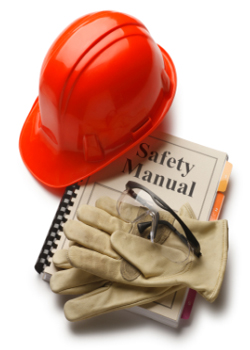What OSHA’s New Reporting Rules Means To Your Company’s Safety Management Plan
OSHA has just disclosed the changes in the injury reporting that is going to be effected by January 1, 2015. This comes the same day when the Bureau of Labor Statistics (LBS) announced an approximated count of workplace fatalities that took place the year. Typically, OSHA altered the circumstances under which companies should report injuries. They also released those companies, which will be exempted from reporting injury and illness records frequently.
The implications of these rules mean that employers should report fatalities within 8 hours, inpatient hospitalization of one or more workers within 24 hours and amputations or losses of an eye within 24 hours. All of these changes come in contrary to current OSHA’s regulations when companies are supposed to report when there are three or more hospitalizations. Currently, amputation requirements and eye loss regulations never doesn’t exist.
“If you don’t make mistakes, you’re not working on hard enough problems. And that’s a big mistake.” —Frank WIlczer
If you are an employer and you’d like to no more about these rules, you can just read the Employer Guide to OSHA Inspections online or you can just download it.
How Companies Will be Able to Report These Incidents
OSHA has developed a web portal, which will enable companies to report to these incidents electronically. However, until now, the web portal hasn’t been released but people speculate that it will be ready by the beginning of January. Industries whose stats on injuries and illness acquired from workplace are low are exempted from these rules by utilizing the systems a from North American Industry Classification System (NAICS) which replaces the Standard Industrial Classification (SIC) system previously used.
The latest list of industries, which have recorded low rates of injuries and illness, is also based on data from BLS. Nevertheless, one regulation stills holds in the OSHA’s new rules- employers with 10 or fewer employees are exempted. As an employer, to avert various injuries and illnesses in the workplace, you should have a proper risk management plan that ensures that all your employees are kept safe in the workplace.
Why You Should Train Your Employees
Submitting regularly injury and illness reports can be daunting and besides that, it taunts the image of your company. The best way to get rid of these injuries is by training your employees properly to learn more about working safely. All your construction workers should undergo a vigorous and thorough construction safety training for them to be acquainted on how to stay safe while in the workplace.
Compensating Your Workers
Even after training your employees, you need to insure them so that if by bad luck they are injured they can be compensated for their injuries and illness. In case your insurer fails to compensate your injured workers, you may have to conduct your State’s Division of Workers’ Compensation to provide you with the necessary judicial system approach concerning the matter. DWC’s goal is to minimize the adverse impact of work-related injuries on all employees and even employers.







No comments yet.